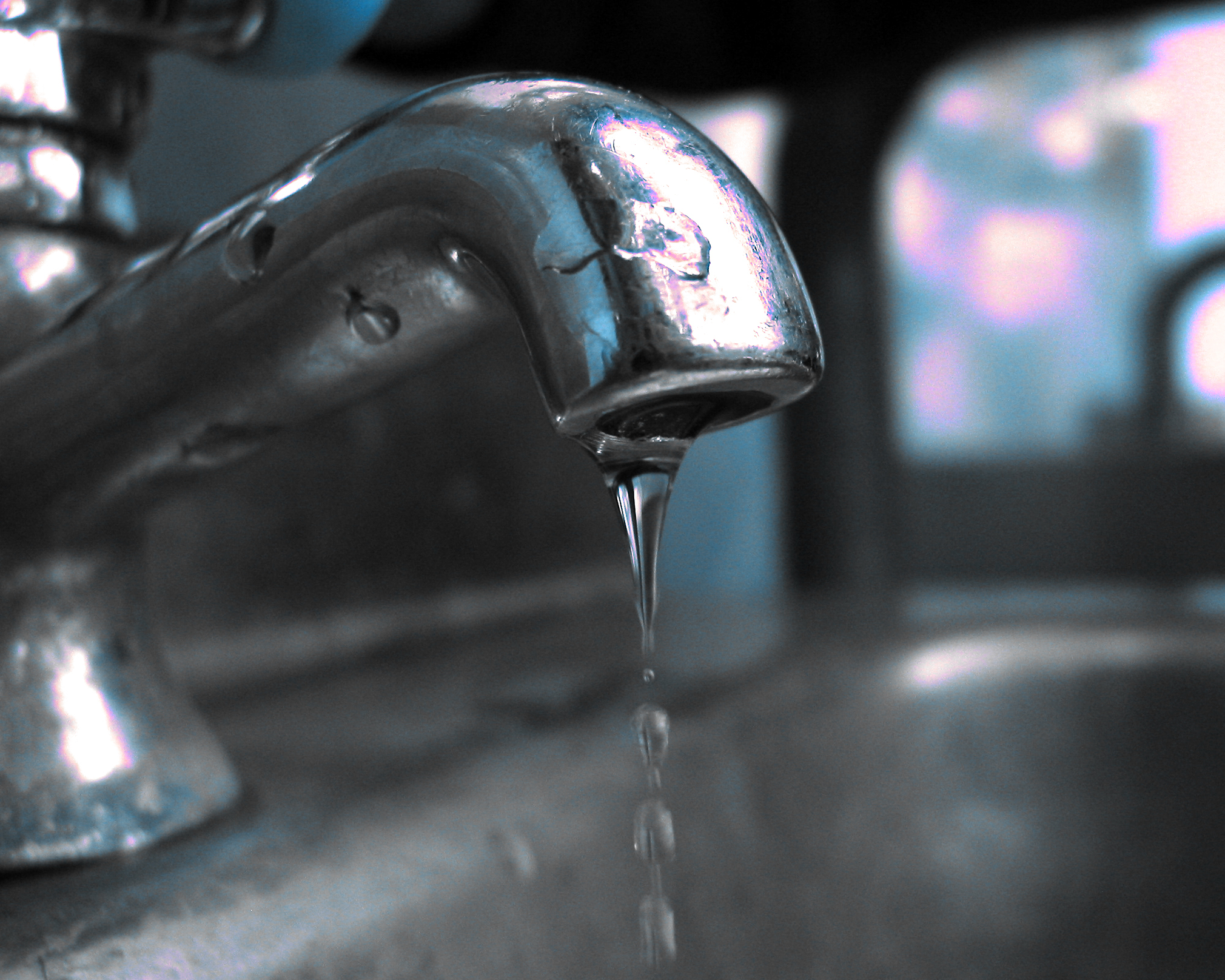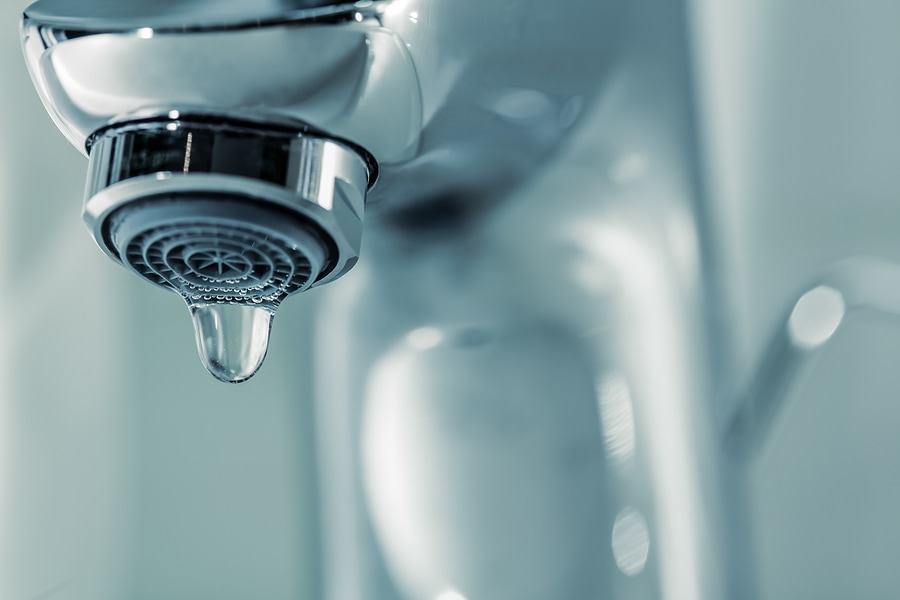Which It's Essential to Mend a Dripping Faucet
Which It's Essential to Mend a Dripping Faucet
Blog Article
This article underneath about Why It's Important to Fix Leaky Faucets is rather fascinating. Give it a go and make your own personal ideas.

Dripping taps may feel like a small trouble, but their impact surpasses simply the nuisance of the noise. From wasting water to incurring unnecessary economic expenses and health threats, neglecting a dripping tap can result in numerous repercussions. In this article, we'll explore why it's important to resolve this common house issue immediately and effectively.
Waste of Water
Ecological Impact
Leaking taps add considerably to water wastefulness. According to the Epa (EPA), a single faucet leaking at one drip per second can squander more than 3,000 gallons of water annually. This not just pressures water sources yet additionally influences communities and wildlife dependent on them.
Step-by-Step Guide to Repairing a Dripping Faucet
Devices Needed
Before attempting to fix a dripping tap, collect the necessary tools, consisting of a flexible wrench, screwdrivers, replacement components (such as washing machines or cartridges), and plumber's tape.
Common Faucet Issues and Their Solutions
Recognize the kind of tap and the details issue triggering the drip. Typical troubles consist of damaged washers, corroded valve seats, or defective O-rings. Refer to maker guidelines or on-line tutorials for step-by-step assistance on repair work.
Financial Expenses
Boosted Water Expenses
Beyond the environmental effect, trickling taps can inflate water expenses substantially. The accumulated waste in time equates right into greater utility expenses, which can have been avoided with prompt fixings.
Potential Property Damages
Moreover, long term trickling can lead to damage to fixtures and surfaces bordering the tap. Water build-up can cause staining, corrosion, and also architectural problems if left ignored, leading to additional repair prices.
Health and wellness Worries
Mold and Mold Growth
The constant visibility of wetness from a dripping tap creates a perfect setting for mold and mold growth. These fungis not only endanger indoor air quality yet also present health dangers, specifically for individuals with respiratory system conditions or allergies.
Waterborne Conditions
Stationary water in dripping faucets can end up being a breeding place for microorganisms and other microorganisms, boosting the threat of waterborne conditions. Contaminants such as Legionella bacteria flourish in stagnant water, potentially resulting in severe health problems when consumed or breathed in.
DIY vs. Professional Repair
Advantages and disadvantages of DIY Repair
While some may try to take care of a leaking faucet themselves, do it yourself fixings include their own set of obstacles. Without appropriate understanding and tools, do it yourself efforts can exacerbate the issue or result in incomplete repair services, lengthening the problem.
Advantages of Working With a Professional Plumber
Employing a professional plumber makes sure that the underlying source of the dripping faucet is dealt with successfully. Plumbers possess the competence and devices to identify and repair faucet issues efficiently, conserving time and lessening the threat of more damages.
Ecological Obligation
Individual Contribution to Preservation
Taking obligation for taking care of dripping faucets straightens with wider efforts towards water preservation and environmental sustainability. Every person's actions collectively make a significant impact on protecting valuable resources.
Lasting Living Practices
By prioritizing punctual repair services and adopting water-saving routines, individuals add to sustainable living techniques that benefit both present and future generations.
Safety nets
Regular Upkeep Tips
To stop dripping faucets, execute routine maintenance such as cleaning up aerators, inspecting for leaks, and replacing worn-out parts immediately. In addition, consider setting up water-saving gadgets or upgrading to more effective fixtures.
Relevance of Prompt Repairs
Addressing dripping faucets as quickly as they're discovered protects against more water waste and possible damage, inevitably saving both water and money in the future.
Effect On Property Value
Assumption of Well-Maintained Building
Maintaining a residential property in good condition, consisting of attending to upkeep problems like dripping faucets, boosts its viewed value and desirability amongst possible purchasers or tenants.
Impact on Resale Worth
Properties with well-maintained plumbing fixtures, consisting of faucets, command greater resale values in the property market. Attending to dripping taps can add to a positive impression throughout residential property evaluations and arrangements.
Conclusion
Resolving a dripping faucet exceeds plain convenience; it's a necessary action toward saving water, lowering financial expenses, and protecting health and residential property. Whether via DIY repair work or expert help, doing something about it to deal with trickling faucets is a little yet impactful method to promote accountable stewardship of resources and contribute to a healthier, more sustainable future.
Why Are My Faucets Dripping (And Can I Fix it Myself)?
Causes of a Dripping or Leaking Faucet
Whether you’re hearing drops of water falling and hitting a sink, or noticing water ooze out from the base of the spout, you shouldn’t ignore a dripping or leaking faucet. And, the good news is, sometimes you can fix the problem yourself.
In this article, we’ll review a few common causes of dripping and leaky. We’ll also walk you through some basic ways to find the problem and handle it without calling anyone — and let you know when to call in a pro.
But, no matter what the cause, or whether you can handle it on your own, the sooner you address it, the better.
Each drip may be a tiny amount of water. But, they all add up quickly. According to the U.S. Geological Survey, one faucet losing one drop every 20 seconds — five a minute — wastes around a liter of water every day, and 173 gallons a year.
Add in more than one in your house, and it’s a lot of water to waste. So, we’ll help you get to the bottom of things quickly.
Four Reasons Your Faucet May Be Dripping
Aerator is Damaged or Unseated Valve Seat is Corroded O Ring is Loose or Worn Out Part of the Assembly is Loose Aerator is Damaged or Unseated
If you unscrew the end of your faucet, you’ll find the aerator. It’s the little stem piece with a screen on it that shuts off the water circulation.
If it’s damaged, or if it’s not sitting right, it will allow water to pass through.
Valve Seat is Corroded
Next is the valve seat, which is connected to the washer. If the washer wasn’t in place correctly, then it could have ground against the seat. Over time, this damages the valve seat.
The problem could also be corrosion: Over time, the part has worn out, and it’s now allowing water to pass through.
O Ring is Loose or Worn Out
Since the o ring is only a small rubber gasket, it’s a common reason why the faucet is dripping. You’ll find it at the base of the faucet, and it’s there to keep water from coming out where it’s not supposed to.
However, it’s common for the o ring to wear out over time. When it does, you’ll notice a drip.
Part of the Assembly is Loose
So far, we’ve looked at a few small, specific parts. But, the problem could be anywhere in the assembly if something’s out of place.
Even if a part isn’t damaged, over time, it may have become loose or dislodged. It could be the parts we mentioned, or the aerator at the tip of the faucet, the stem itself,
Can I Fix a Leaky Faucet Myself?
Depending on the problem, and how handy you are, there’s a chance you can fix a leaky faucet without calling a professional. But, you do run the risk of making the problem worse.
If it’s a small drip, you can certainly try a few troubleshooting tactics. We’ll walk you through them in a moment.
But, no matter what, your first step should be shutting off the water coming into the faucet. You should find a shutoff valve under the sink on the pipes leading to it. Turn each one clockwise until they close tightly.
Next, make sure you have the right tools for whatever you’re attempting. It’s tempting to make do with what you have. But, you need the right ones for a reason: You’re often dealing with small parts that can break if you handle them carelessly.
If you’re feeling confident, here are some places to start.
Items Near the Tip of the Faucet
A few of the parts we mentioned — particularly the valve seat and washer — are located at the tip of the faucet where the water comes out. They’re easy to access, making it a good place to start.
Check the O Ring
To check the o ring, you’ll need to take off the spout at the base. It’s easiest on kitchen sinks with long spouts, versus the smaller, bulkier base on most bathroom sinks.
Either way, this can be tricky, so do it carefully and don’t force anything. If it’s not coming right off, you’re much better off calling in a pro than possibly breaking something.
For a kitchen sink, there’s usually a nut or coupling assembly at the base of the spout. These often slide off easily without using any tools.
Once you’ve disassembled those parts, gently but forcefully twist off the spout.
Then, you can see the o rings. There should be two of the rubber gaskets on the base. If they look worn or damaged, replace them, and see if that solves the problem.

We were shown that report about What Causes Leaky Faucets & How To Fix Them through a friend on our other domain. Loved our review? Please share it. Let somebody else find it. Thanks a bunch for being here. Please check up our site back soon.
Report this page